
Ramayana sites
- Ramayana sites in Sri Lanka can be found in different places in the country. According to the epic poem, Ramayana written by Valmiki most of the incidents has happened in Sri Lanka. If you are interested in Ramayana you should visit Sri Lanka and explore places related to the story in your necked eye.
The story was based on King Ravana, King Rama, and his wife Sita. According to the poet, Ravana was a demon (Rakshasa) king of “Lankapura”, present Sri Lanka and 9 other kingdoms. Rama is a King of Ayodhya at Kosala in India and his wife was Sita.
According to the legendary poet, Indians are considered Ravana as a villain who kidnaped Rama’s wife. Since Ravana was as such according to the Indian cultural point of view, Sri Lankans believe him as a hero of their nation and identity of the “Hela” people who are living in Sri Lanka for more than 200,000 years and the roots from “Balangoda Man” living in 35,000 years before.
However, there was no archaeological evidence found to prove this story. But names of the places in Ravan’s period in Sri Lanka remain unchanged today though the country transforms a series of different changes culturally, socially, and religiously.
King Ravana was a follower of Lord Shiva and a mighty warrior, a great intelligent scholar, and a master of Ayurveda medicine. He was practiced “Rasasiddhishasta” which enable him to become immortal. Ravana was the inventor of aircraft technology and use flying machines called “Vimana”. Two such flying machines were “Pushpaka Vimana” and “Dandumonaraya”. These flying machines were landed at Totupola Kanda at Horton Plains National Park, Weeragantota at Mahiyanganaya, Ussangoda, and Wariyapola.
The Poet story begins with “Surpanakha”, the sister of King Ravana, fall in love with King Rama but he did not. Due to an incident, Surpanakah’s nose was cut off by Rama’s brother “Lakshmana”. King Ravana thought that was an insult to him and decided to kidnapped King Rama’s wife Sita and bring her to Lankapura. When Sita brings to Lankapura, she was held captive in several places in the country. One such place was “Sita Kotuwa” in Gurulupotha near Mahiyanganaya where Ravana had his aircraft maintain the centre. Another place was Ashok Vatika near Nuwara Eliya. There are several places in Nuwara Eliya, Ella, and Kotmale area related to Sita’s stay in Sri Lanka.
The special monkey army of King Rama starts to search Sita. “Hanuman” was the commander of that army. They came to Sri Lanka through the ocean bridge of “Setubandhanam” between Sri Lanka and India. En-route Hanuman was staying at Nagadipa. Hanuman was able to find Sita at the Ashok Vatika however he was captured by the Ravana’s army. He was punished by setting his tail on fire. But that has become a tragedy when he started to torch villages and cities eventually he was able to escape and going back to India. Ussangoda is one such place torched by Hanuman. After Hanuman’s arrival, Sita was hidden in various secret places belongs to king Ravana’s network of tunnels connecting cities, airports, and dairy farms. Tunnel mouths are at Welimada, Ravana cave at Bandarawela, and near Kalutara temple.
King Rama came to know Sita was in Lankapura by the Hanuman and arrived in Lankapura to escape Sita. King Rama and his army came from the northern part of the country while the monkey force came from the southern part of the country to attack king Ravana. Neelavarai bottomless well was believed to be created by King Rama by a shot of an arrow to obtain water for his army.
Since battle started the weapon called “Brahmastra”, invited by King Ravana created a series of damages for King Rama. His brother was laid unconscious at the battlefield and doctors required some special medicinal herbs from “Sanjeewani parvatha” at Himalaya. Hanuman was sent to Himalaya. But he forgot which herbs he needed and in desperation, he took a chunk of the mountains and twisted in his tail come back. On his way back he dropped some pieces of the mountain at Rumassala in Galle, Dolukanda in Nikaweratiya, Ritigala near Habarana, Talladi in Mannar, and Katchchathivu in the north.
It is said to be that the final battle took place at the Yudhaganapitiya at Wasgamuwa national park. King Ravana mastering his troops from “Lakegala” hillock at Laggala. From there northeast end of Trincomalee and the northwest end of Talaimannar can be seen. At the final battle, King Ravana died and it is believed that his body was kept at the Place called “Yahangala” near Hasalaka.
After the battle, Sita was rescued and she needed to prove her innocence and purity to King Rama, undergoing a trial by fire. She was invoked without any damage. This happened in “Divurumpola” near Hasalaka.
Since King Rama was returning back to India with his wife Sita on a Ravana’s aircraft of Vimana, he felt that Vimana was vibrating. He stopped it and prayed for God Shiva to get his blessing from whom King Ravana get the blessing. God Shiva advice King Rama to installed 4 lingams. That was done by King Rama and they are at Manavari near Munneswaram, Thiru Koheneshwaram at Trincomalee, Thiru Ketheshwaram at Mannar, and Rameshwaram in India.
After the demise of King Ravana, his brother “Vibhishana” was coroneted as a king of Lankapura at Kelaniya. Vibhishana is considered one of the 4 guardian deities in Sri Lanka.
- Ramayana sites in Sri Lanka can be found in different places in the country. According to the epic poem, Ramayana written by Valmiki most of the incidents has happened in Sri Lanka. If you are interested in Ramayana you should visit Sri Lanka and explore places related to the story in your necked eye.
The story was based on King Ravana, King Rama, and his wife Sita. According to the poet, Ravana was a demon (Rakshasa) king of “Lankapura”, present Sri Lanka and 9 other kingdoms. Rama is a King of Ayodhya at Kosala in India and his wife was Sita.
According to the legendary poet, Indians are considered Ravana as a villain who kidnaped Rama’s wife. Since Ravana was as such according to the Indian cultural point of view, Sri Lankans believe him as a hero of their nation and identity of the “Hela” people who are living in Sri Lanka for more than 200,000 years and the roots from “Balangoda Man” living in 35,000 years before.
However, there was no archaeological evidence found to prove this story. But names of the places in Ravan’s period in Sri Lanka remain unchanged today though the country transforms a series of different changes culturally, socially, and religiously.
King Ravana was a follower of Lord Shiva and a mighty warrior, a great intelligent scholar, and a master of Ayurveda medicine. He was practiced “Rasasiddhishasta” which enable him to become immortal. Ravana was the inventor of aircraft technology and use flying machines called “Vimana”. Two such flying machines were “Pushpaka Vimana” and “Dandumonaraya”. These flying machines were landed at Totupola Kanda at Horton Plains National Park, Weeragantota at Mahiyanganaya, Ussangoda, and Wariyapola.
The Poet story begins with “Surpanakha”, the sister of King Ravana, fall in love with King Rama but he did not. Due to an incident, Surpanakah’s nose was cut off by Rama’s brother “Lakshmana”. King Ravana thought that was an insult to him and decided to kidnapped King Rama’s wife Sita and bring her to Lankapura. When Sita brings to Lankapura, she was held captive in several places in the country. One such place was “Sita Kotuwa” in Gurulupotha near Mahiyanganaya where Ravana had his aircraft maintain the centre. Another place was Ashok Vatika near Nuwara Eliya. There are several places in Nuwara Eliya, Ella, and Kotmale area related to Sita’s stay in Sri Lanka.
The special monkey army of King Rama starts to search Sita. “Hanuman” was the commander of that army. They came to Sri Lanka through the ocean bridge of “Setubandhanam” between Sri Lanka and India. En-route Hanuman was staying at Nagadipa. Hanuman was able to find Sita at the Ashok Vatika however he was captured by the Ravana’s army. He was punished by setting his tail on fire. But that has become a tragedy when he started to torch villages and cities eventually he was able to escape and going back to India. Ussangoda is one such place torched by Hanuman. After Hanuman’s arrival, Sita was hidden in various secret places belongs to king Ravana’s network of tunnels connecting cities, airports, and dairy farms. Tunnel mouths are at Welimada, Ravana cave at Bandarawela, and near Kalutara temple.
King Rama came to know Sita was in Lankapura by the Hanuman and arrived in Lankapura to escape Sita. King Rama and his army came from the northern part of the country while the monkey force came from the southern part of the country to attack king Ravana. Neelavarai bottomless well was believed to be created by King Rama by a shot of an arrow to obtain water for his army.
Since battle started the weapon called “Brahmastra”, invited by King Ravana created a series of damages for King Rama. His brother was laid unconscious at the battlefield and doctors required some special medicinal herbs from “Sanjeewani parvatha” at Himalaya. Hanuman was sent to Himalaya. But he forgot which herbs he needed and in desperation, he took a chunk of the mountains and twisted in his tail come back. On his way back he dropped some pieces of the mountain at Rumassala in Galle, Dolukanda in Nikaweratiya, Ritigala near Habarana, Talladi in Mannar, and Katchchathivu in the north.
It is said to be that the final battle took place at the Yudhaganapitiya at Wasgamuwa national park. King Ravana mastering his troops from “Lakegala” hillock at Laggala. From there northeast end of Trincomalee and the northwest end of Talaimannar can be seen. At the final battle, King Ravana died and it is believed that his body was kept at the Place called “Yahangala” near Hasalaka.
After the battle, Sita was rescued and she needed to prove her innocence and purity to King Rama, undergoing a trial by fire. She was invoked without any damage. This happened in “Divurumpola” near Hasalaka.
Since King Rama was returning back to India with his wife Sita on a Ravana’s aircraft of Vimana, he felt that Vimana was vibrating. He stopped it and prayed for God Shiva to get his blessing from whom King Ravana get the blessing. God Shiva advice King Rama to installed 4 lingams. That was done by King Rama and they are at Manavari near Munneswaram, Thiru Koheneshwaram at Trincomalee, Thiru Ketheshwaram at Mannar, and Rameshwaram in India.
After the demise of King Ravana, his brother “Vibhishana” was coroneted as a king of Lankapura at Kelaniya. Vibhishana is considered one of the 4 guardian deities in Sri Lanka.
Fantastic Activities in Ramayana sites
Munneswaram temple, Chilaw
NEGOMBO
- Chilaw, Munneswaram temple is a Hindu temple. The "Father of...
Read More
Kanniya hot water springs, Ramayana site
TRINCOMALEE
- Kanniya hot water springs are located 7 km...
Read More
Vishnu devalaya, Dondra, Ramayana site
MIRISSA
- Devinuwara virtually means that “Gods’ town” noted as Dondra in...
Read More
Ussangoda, Ramayana site
TANGALLE
- Ussangoda is a pre-historic archaeological site as well as a...
Read More
Seetha Amman temple, Seetha Eliya
NUWARA ELIYA
- Seetha Amman temple is located in front of the Hakgala...
Read More

 +39 - 39 - 307 6 3730
+39 - 39 - 307 6 3730 +94 - 74 - 000 9208
+94 - 74 - 000 9208

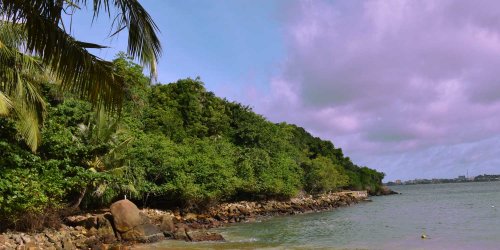

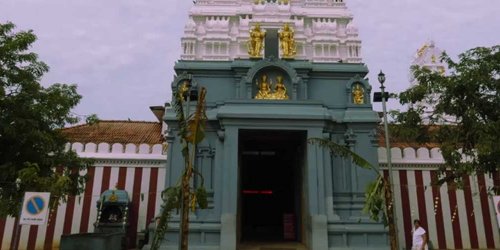

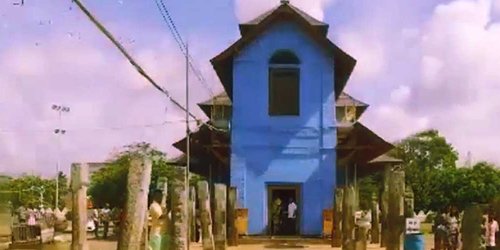

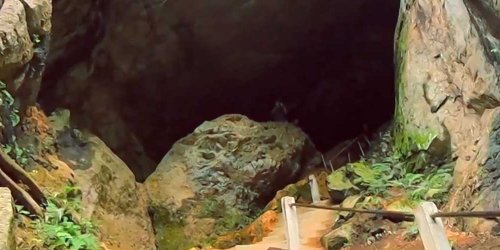

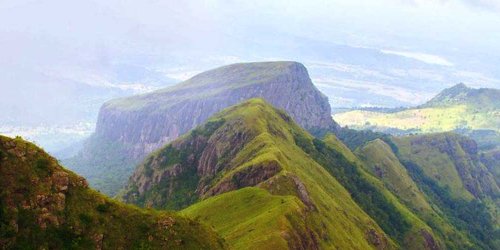
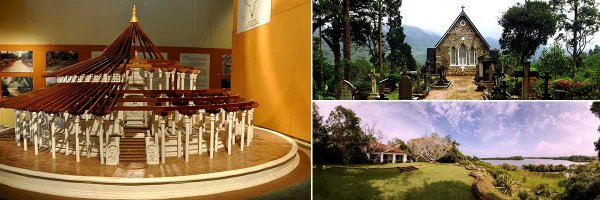

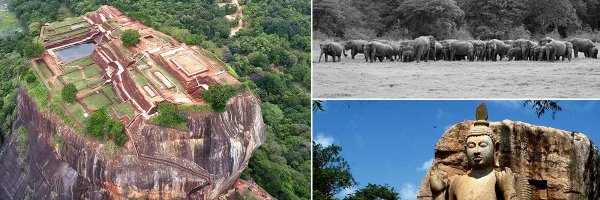
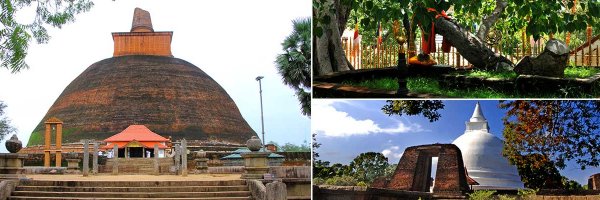

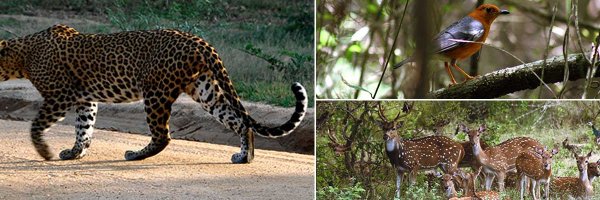




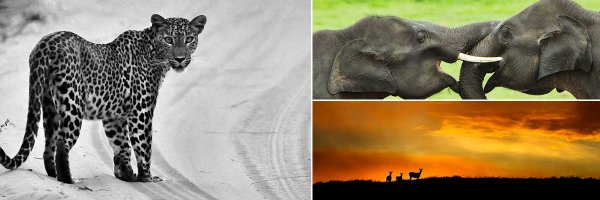
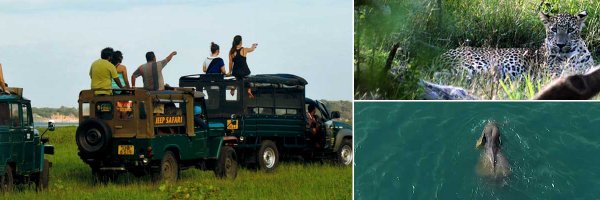
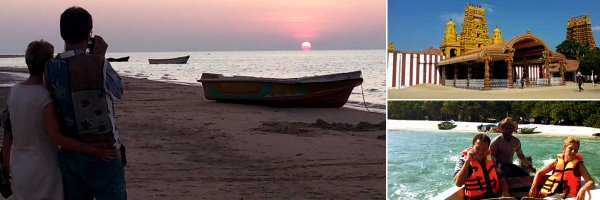
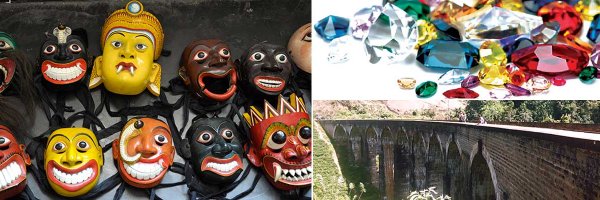

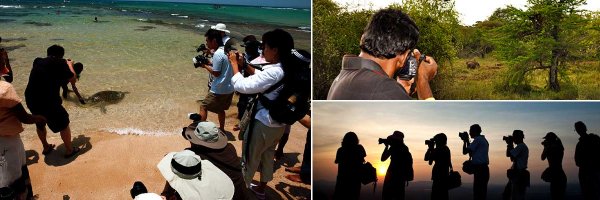
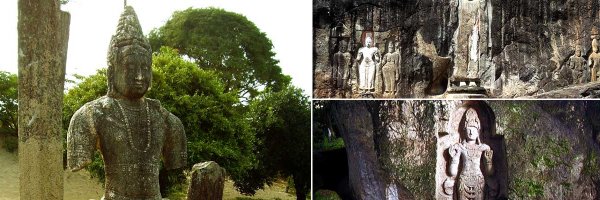
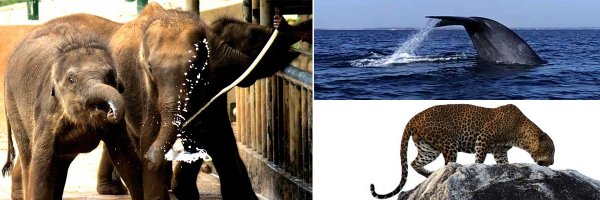
Share this page